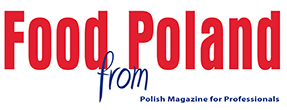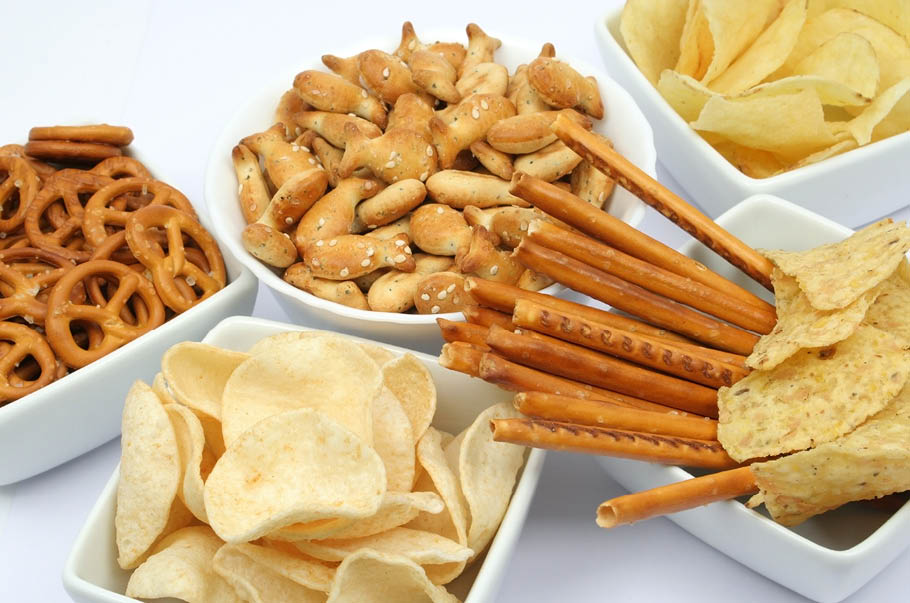An important thing that becomes evident during the analysis of the research results is the fact that the most promoted articles in each country are often dominated by different brands. However, in many cases, they are trademarks owned by a single enterprise. In case of salty snacks, this can be usually exemplified by brands of the German company Intersnack. Its portfolio includes numerous salty snack brands on local markets, such as the Pom-Bär crisp brand created in Germany in the 1980s, which have enjoyed a large number of offers in trade chain brochures from Slovakia and Hungary. Intersnack also owns the crisps of the traditional, local Bohemia brand, most popular in Czech brochures, as well as the Chio Chips, promoted most frequently in Romanian brochures. Polish promotional brochures, on the other hand, predominantly presented global brands: the lead in the category of salty snacks was held by chips under the Crunchips brand, owned by the German Lorenz Bahlsen Snack-World company, and the Lay’s chips owned by PepsiCo. Moreover, it is worth mentioning that the most-promoted salty snack articles in store brochures from Serbia and Slovenia included crisps of the Štark brand owned by the Croatian Atlantic Grupa company.
The situation is similar for the research results of the most frequently promoted products in the confectionery category: in many cases, the most popular among the offers were goods of domestic brands, often traditional and strongly connected with the national culture, yet owned by international companies. This was the case for the chocolate bars category in brochures from the Czech Republic, Slovakia and Hungary. In Czech brochures, the most frequently promoted product was the Kaštany bar under the domestic Orion brand with roots reaching back to the 19th century, currently owned by Nestle. Other Nestle-owned brands include Zora and Balaton, whose chocolate bars were most frequently promoted in Slovak and Hungarian brochures. In the category of biscuits/cookies, the majority of the most frequently promoted products was owned by the Mondelez company: Opavia cookies advertised in Czech and Slovakian brochures, Győri Édes cookies in Hungarian ones, as well as the Prince Polo wafers of the famous Polish Olza brand, which have turned out to be the most promoted in the wafer category in Polish brochures. However, there have also been cases when the most-promoted articles were products of domestic companies. This was true in Romanian brochures for wafers of the Alfers brand owned by the Romanian Alka Group. In the Czech Republic and Slovakia, the products of the wafer category, most promoted in brochures, were Sedita wafers, the brand owned by the Slovak I.D.C. Holding company. On the other hand, cookies of Bambi, a company established back in the 1960s in what was then Yugoslavia, now owned by the Coca Cola Company since recently, recorded a large number of promotions in Serbian and Montenegrin brochures.
When analyzing the research results, one can come to a conclusion that highly-promoted products were predominantly those under brands that have been well-known and well-rooted on a given market for many years. Even if a local trademark, factory or a company was purchased by a foreign enterprise, an always familiar brand bears the same values in the consumers’ awareness and is associated with the same benefits it had promoted for a long time. Confectionery is a strongly emotion-affecting category, which may be the reason why creating advertising messages based on a sentiment is the key to success in the face of a trend for resignation of snacks and sugar. Such brands as Orion in the Czech Republic or Prince Polo in Poland do not only provoke associations with a given commodity but are also connected with the history and culture of a given community. It seems that producers have opted for a safe strategy of brochure promotion of products under brands that are proven, well-liked and, importantly, well-rooted in the culture of a given country.
Agnieszka Smarzewska, FOCUS Research International












